Bob Berzins posted this earlier today as part of a comment on Ian Parsons’s blog about disturbance yesterday;
‘Last Saturday found me on a remote moor in the north east peak. The only other person around was a gamekeeper, with gun in his ATV. He had been putting down medicated grit. When I was a sufficient distance away, he started firing his gun. The only wildlife I’d seen were Golden Plover (who obviously thought it was spring) and mountain hare. Also on the moor were large diggers involved in a lengthy moorland restoration project. The keeper and contractors accessed the moor along a recently resurfaced bridleway (funded via HLS). Sections of the bridleway are now completely trashed by vehicles so this resurfacing has been a complete waste of public money. The vehicle damage continues across the SSSI moorland to the regeneration areas with sphagnum destroyed and large ruts in the soft peat. The supposedly low pressure ATV was causing visible ruts and tracks wherever it went. This problem has been ongoing and NE didn’t answer my email on this matter.‘
Here are some of Bob’s images:
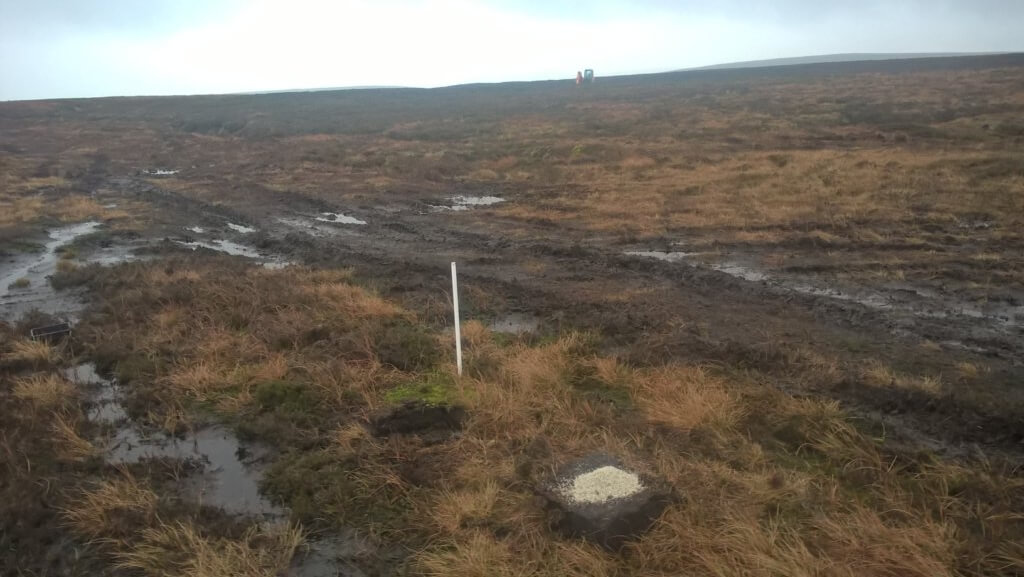
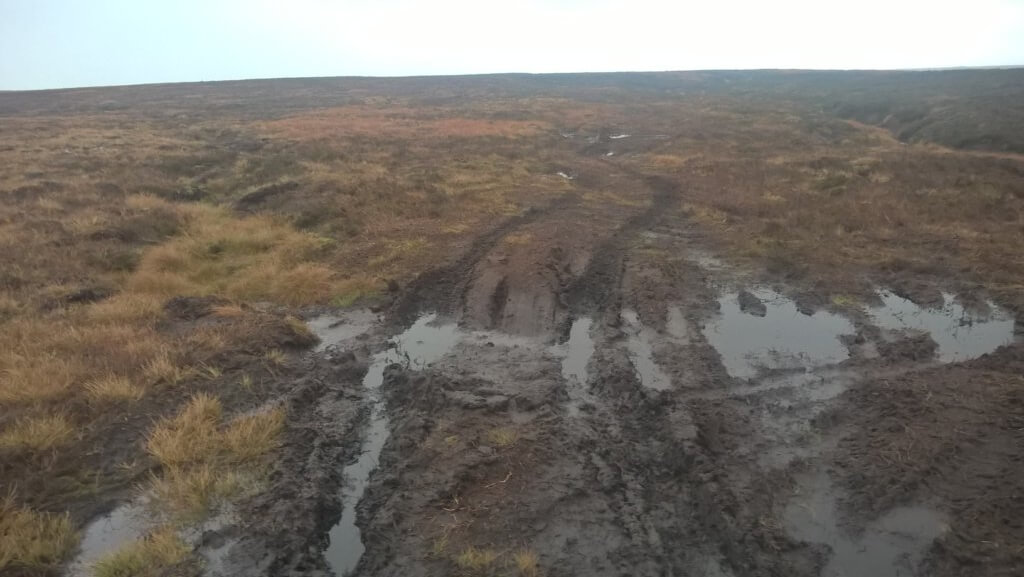

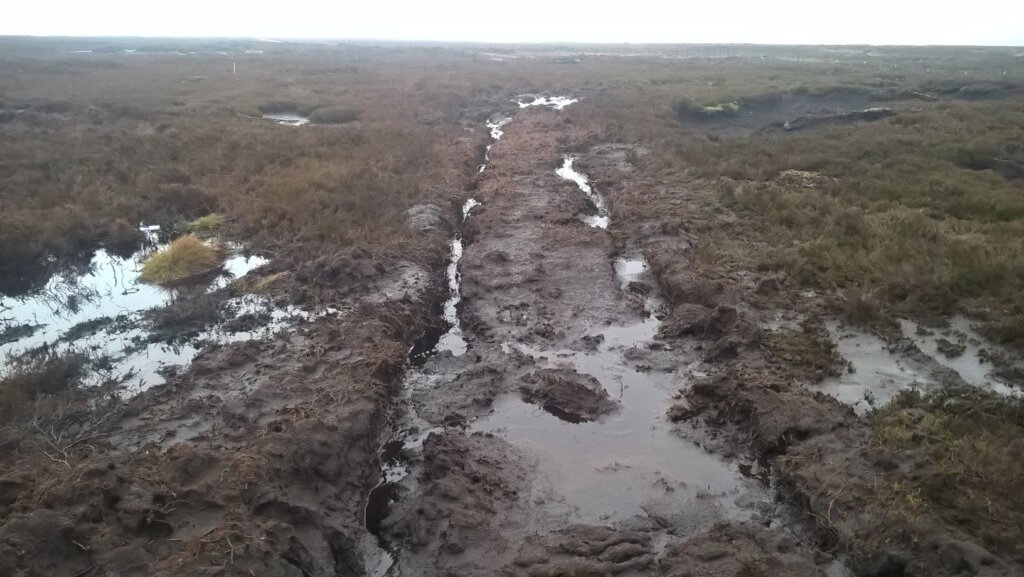
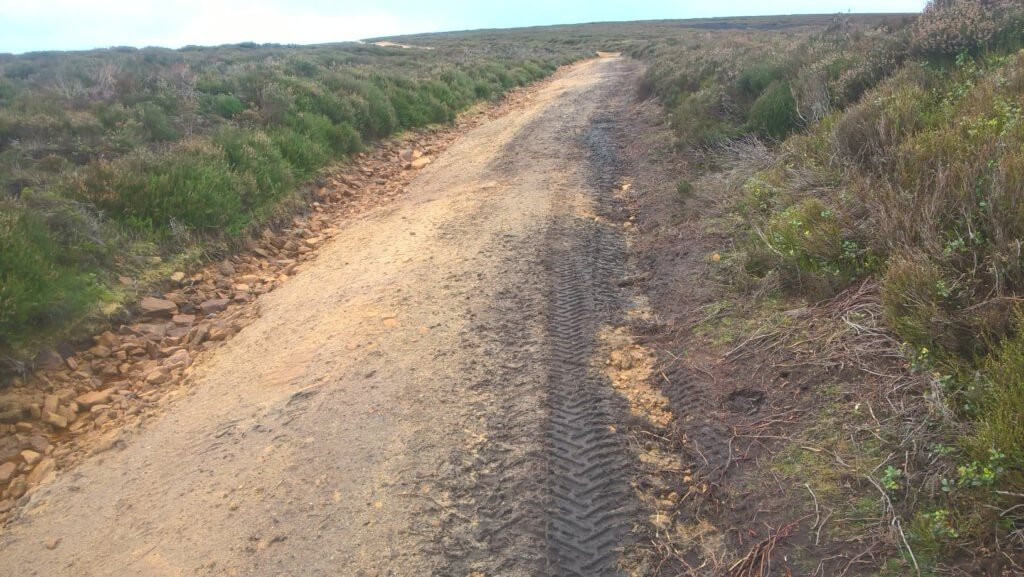
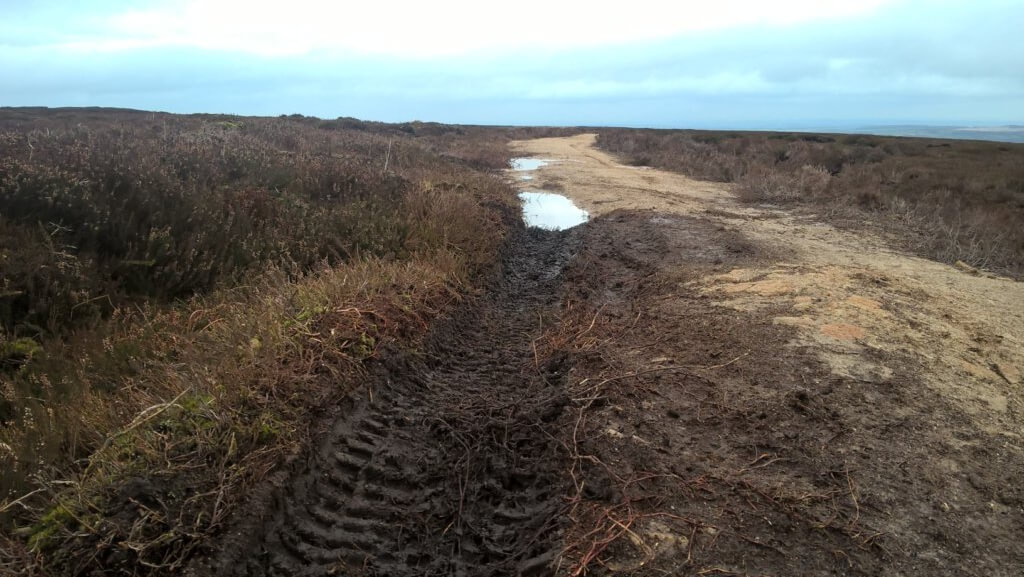
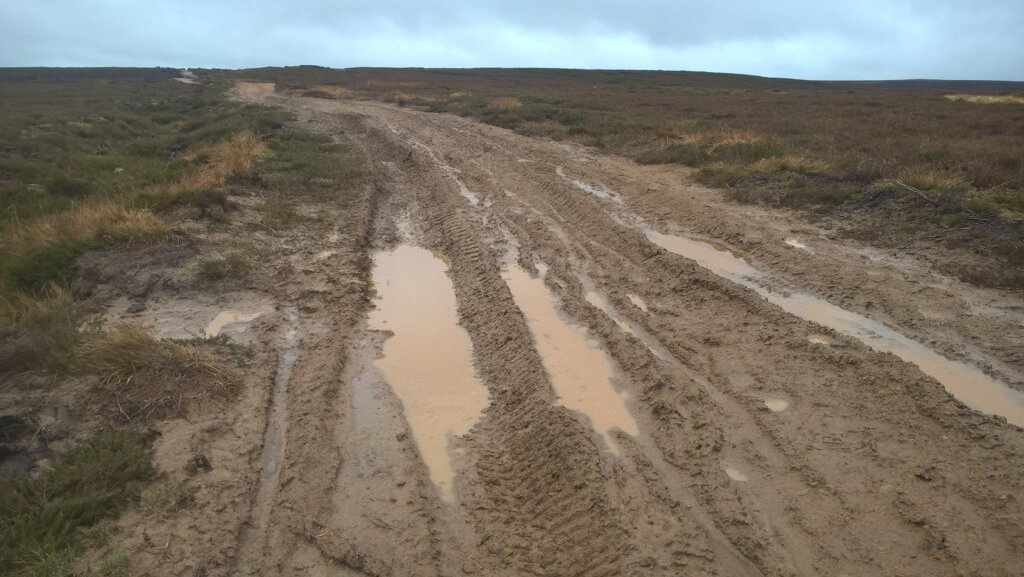
Mark writes: It certainly looks a bit of a mess. I’m surprised that Natural England apparently haven’t responded but I’m sure they will. Maybe they’ll comment here – they’d be very welcome.
Access for machinery, particularly in wet conditions, often causes a mess that looks worse than perhaps it is. But, damage to these fragile habitats takes a long time to mend in the uplands.
This is, as others have mentioned, another aspect of access to the uplands. It allows the public to keep an eye on what is happening even though, we are told, you can hardly take a breath on an SSSI or SPA without filling in a form and being hounded by government agencies. I wonder when was the last time that NE had a look at this site?
[registration_form]
They are making a real mess up there just lately and I still await a response from the PDNPA to my email of two weeks ago.
If I can suggest, if an institution or corporation are not answering email then printing out the photographs and sending a registered letter will often get things moving. Email are easily ignored, but a hardcopy papertrail still invokes a certain degree of concern in a public relations department. Especially if you CC it to someone else and put “copy” in the footer (or if using antiquated typewriter or handwriting, use copy paper and send the copy and keep the original). Who the relevant people to scare NE with a CC would be I don’t know though, maybe Mark has a suggestion?
Difficult to understand the persons who clicked the ‘dislike’ box on this comment.
Maybe game shooting interests read this blog and dislike the exposure?
Not a word against them, if you please. Custodians of the Countryside, don’t you know!
I think that’s just a mistake when they created that phrase. It should be more like the crooked crooks of the countryside, it’s catchy but more importantly true.
Nearly as big a contradiction as “guardians of”?
So this is natural England eh?
And as for NE, they’re pretty much a waste of public money; all about form filling but no balls to actually do anything tangible.
The people who cause this type of damage are just plain ignorant of what they are doing, they probably don’t even recognise the damage.
The excitement of trailing about in 4×4’s will override any thoughts of the consequences to the fragile environment.
It’s a disgrace that this type of damage is allowed to happen.
Natural England my arse.
I’m sorry Bob is concerned that he’s not yet had a response from NE. His email was received by us on Monday morning and I am dealing with it currently.
Natural England is extremely concerned to see the damage shown in the photographs attached, particularly those on the open peat moor. The damage to the Bridleway is regrettable but is reasonably easily repairable. It made good sense to use the Bridleway as a route onto the moor to enable the major moorland restoration works (gully blocking and re-vegetation, being done as part of a project to make the bog wetter etc). We will discuss this, as a matter of urgency, with the contractors involved on the site and request that they limit traffic along the Bridleway to only that which is necessary and that they draw up a plan for repairs to the bridleway for the coming year.
Some degree of damage to the open moor through tracking is, sadly, inevitable when bringing large machinery onto site to carry out gully blocking and re-profiling. The damage shown is greater than we would wish in a project of this scale, but may be restricted to a couple of turning out points for vehicles accessing the moor to work. We expect the benefits of the work to impact a much wider area. We are grateful to Bob for flagging some more significant damage which will clearly need intervention in order for it to be restored. This will be brought to the attention of the contractors and will be rectified before they leave site. Having said that, we would expect that most disturbance will be restorable, naturally, within a relatively short time frame (one or 2 growing seasons).
Vehicle damage caused by the Estate team (including ATV) is not acceptable and the Estate have been contacted to warn them that they risk SSSI enforcement action if they continue to use ATVs (or any other vehicle) on land which cannot sustain such pressure without damage.
Jenny – thank you very much for your reply.
The ruts show that wheeled vehicles have been driving on the peat. Surely the consent would have specified low pressure tracked vehicles only. This contactor was clearly in experienced and poorly supervised. There should be no vehicles in this area for at least 5 years to allow undisturbed recovery.
‘This contactor was clearly inexperienced and poorly supervised’
Really? How can you tell that from a few pictures? Any vehicle trafficking on wet soil, particularly with such a low shear strength soil like peat is going to cause a significant amount of rutting. And I think it’s obvious that a tracked vehicle has been used, and who is to say it wasn’t low-pressure or ultra-low ground pressure machine?
It is unrealistic to expect that grips and large drains can be blocked without there being some short-term damage. Any experienced contractor would tell you that.
Sorry Joe. In all the contract work I have seen done, after a month or two it’s hard to tell if they had been over the ground. The low pressure tracks don’t run the surface at all. The report did suggest that it may have been the keeper that was driving all over the place in an ATV?
Much depends on the site conditions, but I have seen plenty of examples of the short-term damage low-pressure tracked machinery can cause on deep peat, admittedly on lowland wetlands. I’m always surprised by the speed of recovery – the wetter the site, the quicker the ground (if not the vegetation) seems to recover, but even with the most experienced of contractors, and I’ve worked with some of the most experienced in the country, some short-term damage is usually inevitable. I just don’t believe its fair to draw any conclusions on the contractor’s competence on the basis of these photographs as they only tell part of the story.
I’ve emailed NE and had an immediate response… Asking for more info to direct my enquiry to the correct department.
If anyone can elucidate the exact position of this moor I’d be grateful, and will let you know when (and if) I get a reply.
Cheers
Just remember that National Parks and Natural England have ‘Boards’ and writing to the Chair of said Boards will often solicit a response if staff are unresponsive.